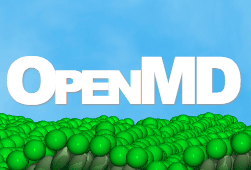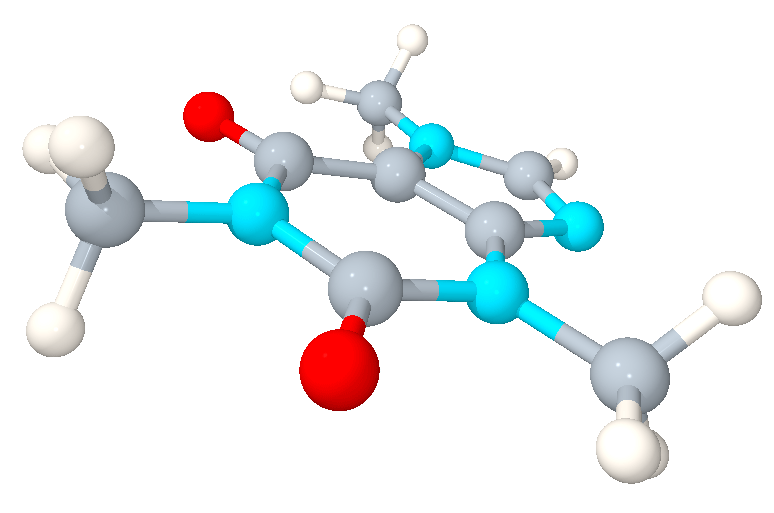The software we develop to carry out our research is available for free under a permissive Open Source license. We do this because some of the code may be useful to other researchers, and it is important allow skeptical inquiry into the methods we used to obtain results. The only way to do this is to provide the code and data.
Many links to scientific software (and discussions on a wide range of other topics) can be found at The OpenScience Project, which is also run by Dr. Gezelter.
OpenMD is our group's primary molecular dynamics code and is available with a permissive open source license. It is capable of efficiently simulating liquids, proteins, nanoparticles, interfaces, and other complex systems using atom types with orientational degrees of freedom (e.g. “sticky” atoms, point dipoles, and coarse-grained assemblies). Proteins, zeolites, lipids, transition metals (bulk, flat interfaces, and nanoparticles) have all been simulated using the code. OpenMD works on parallel computers using the Message Passing Interface (MPI), and comes with a number of analysis and utility programs that are easy to use and modify. An OpenMD simulation is specified using a very simple meta-data language that is easy to learn.
OpenMD web pages: openmd.org
OpenMD on GitHub: OpenMD
Jmol is a Java-based viewer for computational chemistry. Although Dr. Gezelter was the first lead developer (or "Doctor") for Jmol, the current development effort is lead by Bob Hanson at St. Olaf college. Jmol is available under the GNU public license.
Jmol web pages: http://jmol.sf.net
Browse the Subversion repository: Jmol
Tilted RSA performs Random Sequential Adsorption simulations on extremely simple models for molecules which land on Gold surfaces.
A good place to read about this program is the following article: Matthew A. Meineke and J. Daniel Gezelter, "A Random Sequential Adsorption model for the differential coverage of Gold (111) surfaces by two related Silicon phthalocyanines," J. Phys. Chem. B 105, 6515-6519 (2001).
xyz2pov is a program which translates standard xyz trajectory files into scripts which can be rendered with the ubiquitous PovRay rendering engine.
We have tested the source code on Linux and Mac OS X. See the README file for instructions on compiling and running the program.




